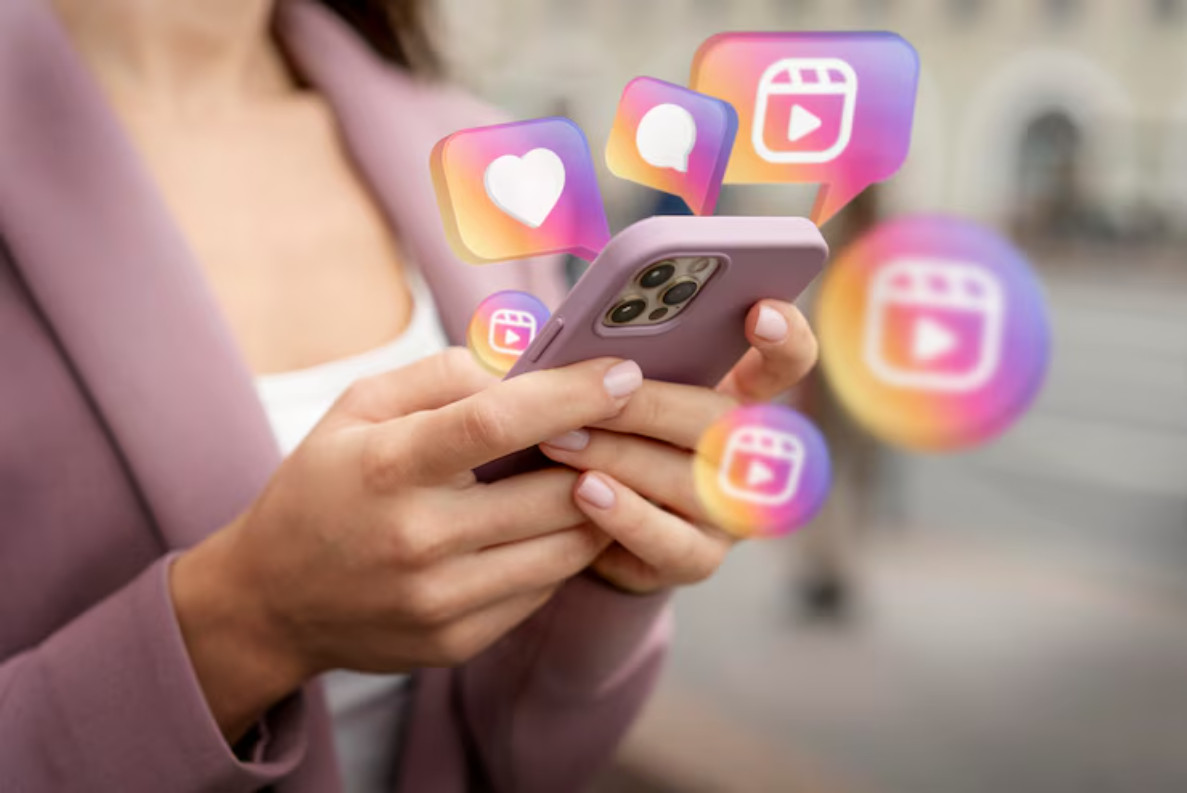Digital hygiene and concentration: how not to get lost in the feed and develop every day
We spend an average of several hours on social media every day. According to statistics, an adult spends approximately 2-3 hours a day on the Internet, with a significant portion of this time dedicated to endless scrolling through the feed. This is just a vacation, but in fact, such digital noise greatly affects our concentration and productivity.

Why is this important? Constantly switching between posts and notifications causes procrastination and makes it difficult to focus on important things. In this article, we will tell you how not to get lost in the flow of information and learn how to use digital technologies for personal development.
What is digital hygiene?
Digital hygiene is a conscious approach to the use of technology and the Internet. It helps us avoid many of the problems associated with an overabundance of information and dependence on gadgets. By practicing digital hygiene regularly, you can:
- monitor the time spent on the Internet;
- avoid information overload;
- maintain mental health.
This is the foundation of a productive and balanced digital life.
Why are social media distracting?
Social networks are designed so that you spend as much time as possible on them. Algorithms carefully analyze your interests, behavior, and preferences, and then slip in content that evokes strong emotions, from laughter to annoyance. All this is wrapped up in an endless ribbon, which is difficult to get out of.
Such a system works against your concentration. It encourages constant scrolling, shifting attention, and dependence on novelty. As a result, you lose focus and don't have time to do important things.
This leads to:
- decrease in concentration;
- increased time spent online;
- reduction of productivity.
Do you feel tired after social media? That's exactly it.
Turn social media into a development tool
We used to perceive social networks as a place for entertainment – memes, news, and other people's lives. But in fact, they can become your personal growth space if you use them consciously.
Start with the simplest thing – set up the feed. Subscribe to the pages dedicated to topics that inspire or help you learn. These can be accounts about psychology, business, foreign languages, art, or science.
You can:
- subscribe to educational channels and expert blogs;
- participate in online courses and webinars;
- join professional communities and discuss ideas with like-minded people.
Having your page and sharing knowledge encourages you to learn even more.
In addition, you can connect external resources, such as services for evaluating thinking and cognitive skills. Judging by MyIQ.com reviews, many people use this site not just for the sake of interest, but to understand in which direction to develop further. Such tools become a useful addition to your daily self-development practice – even if you spend most of your time on social media.
How to regain control: practical tips
Procrastination and absent-mindedness are not a verdict. A little self-discipline and the right tools will help you take control of your digital life into your own hands. Start with the simple steps:
- Limit your time on social media. Set daily limits on popular platforms or use apps to track screen time. This will give you an understanding of where your attention is going.
- Create a schedule. Determine the specific hours when you check your messages or feed. For example, 15 minutes in the morning and evening.
- Disable unnecessary notifications. Constant pop-up windows make it difficult to concentrate. Leave only the most important signals.
- Periodically arrange a digital detox. One day a week without social media or even a phone is a great brain reboot.
- Subscribe only to useful content. Cleaning subscriptions are like a general cleaning. Leave only those who inspire and help you grow.
Start with one point today, and you will immediately notice the difference.
Tools and applications to support digital hygiene and concentration
In order to more easily control your time on the Internet and not lose concentration, there are special applications and services. They help you to consciously approach the use of gadgets and create useful habits.
For example, screen time trackers like Screen Time or RescueTime show you how many hours you spend in different apps. It helps to understand where you are spending too much time.
If you want to restrict access to distracting sites, you can use applications like Forest or StayFocusd. They block social media and other resources that make it difficult to concentrate.
In addition, meditation and relaxation apps such as Headspace or Calm help restore attention and reduce stress.
Using such tools makes digital hygiene easier and more effective.
Conclusion: Less tape means more focus
Digital hygiene is not a rejection of technology, but the ability to use it consciously. By controlling your online time and choosing high-quality content, you will be able to stay focused and develop every day.
Start small: disable unnecessary notifications, set a limit on app usage, and subscribe to useful resources. These simple steps will help you regain control of your attention and make the digital space an ally in achieving your goals.